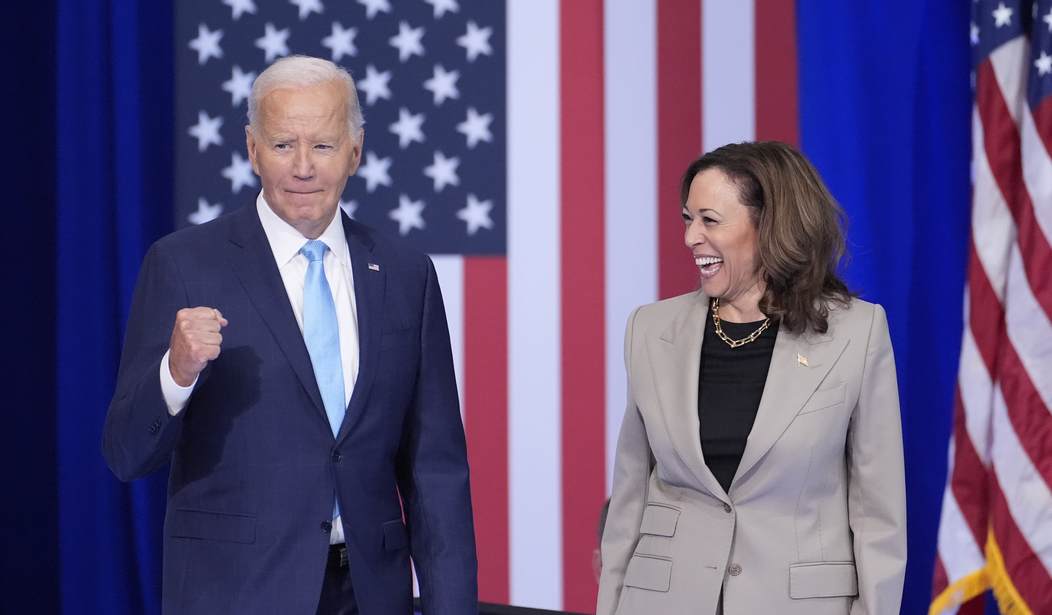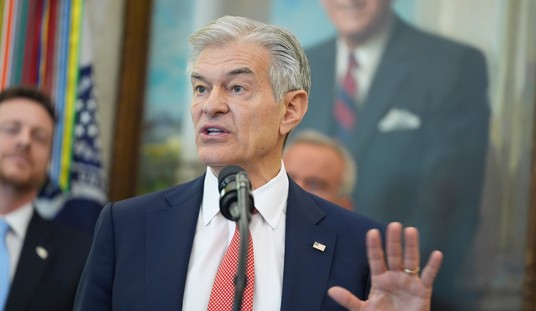Whether its pharmaceuticals or health insurance, Vice President Kamala Harris appears to have only one healthcare policy – impose price controls. The untenable financial position of many doctors and private doctor practices due to tightening Medicare reimbursement rates exemplifies the folly of her preferred approach.
As I document in a recent analysis, the government has imposed backdoor price controls on physicians by allowing inflation to significantly erode Medicare’s provider reimbursement rates. Over the decade between 2013 and 2022, while the cost of living increased by 27.4%, Medicare has increased its provider reimbursement rates by 1.3%.
Unfortunately, this is not a problem of just the last decade. When the American Medical Association examined the growth in inflation adjusted physician reimbursement rates between 2001 and 2024, they found that “adjusted for inflation in practice costs, Medicare physician payment declined 29% from 2001 to 2024.”
Declining incomes and prices for medical professionals could be warranted if the demand for healthcare services was falling. But the large and growing shortages of healthcare professionals undermines the possibility that prices are falling due to declining demand. According to KFF data, as of April 1, 2024, 74.4 million people are living in primary care health professional shortage areas – a healthcare desert – and nearly 13,000 new healthcare professionals are needed to eliminate this gap.
Rather than filling this gap, the physician shortage is projected to persist and likely worsen. The Association of American Medical Colleges estimates that the projected physician shortage alone will be between 13,500 and 86,000.
Recommended
Declining income and prices for physicians coupled with a large and growing shortage of doctors and other healthcare professionals provides strong evidence that Medicare is currently reimbursing medical providers at below market rates. Basic economics demonstrates that when the government imposes arbitrary price caps – whether the caps set a maximum rent payment on landlords (rent control) or a maximum reimbursement on doctors – many adverse consequences result.
In the case of rent control, price caps create housing shortages, degrade the quality of housing, and cause prices to increase for non-rent-controlled units. As Assar Lindbeck stated, “rent control appears to be the most efficient technique presently known to destroy a city – except for bombing.” The same destructive process is happening to doctors.
Arguably most important, doctor shortages threaten patients access to care. Less access to care reduces the quality of healthcare patients receive, increases wait times for an appointment, and ironically can even increase overall healthcare costs.
Worse, these impacts will be felt more acutely by vulnerable populations. The current healthcare deserts harm people who already face barriers to care such as families with lower incomes or families who lack health insurance. The result will be even greater disparities in health outcomes.
Like the impact on the housing market, the price controls also distort how doctors practice medicine. The latest Physician Practice Benchmark Survey from the AMA found that “between 2012 and 2022 the share of physicians who work in private practices dropped by 13 percentage points from 60.1% to 46.7%.” The survey also found “a redistribution of physicians from small to large practices.”
Medicare’s fiscal outlook is dire, and the program is in desperate need of fundamental reform. However, meaningful changes are unlikely to pass Congress for years. In the meantime, unless Medicare’s tightening income controls on doctors are alleviated, the quality-of-care patients receive will continue to deteriorate.
To prevent the continued erosion of the real value of physician payments, physician reimbursement rates should be indexed to the Medicare Economic Index (MEI), which measures the changes in physicians’ operating costs.
Insulating physician payments to inflation is insufficient because Medicare remains on a fiscally unsustainable path. The Merit-based Incentive Payment System (MIPS) is supposed to incentivize innovation and improve the quality of care while reducing costs. However, MIPS costs nearly $13,000 per participating physician annually and requires each doctor to spend more than 200 hours per year on administration. To better incentivize innovations, the MIPS program should eliminate the administrative requirements that provide minimal clinical benefits to patient care but impose costly burdens on providers.
Medicare has been essentially imposing price controls on physicians for many years. As the controlled prices have become more uneconomical, the expected consequences have occurred including growing physician shortages and declining quality of care.
Unfortunately for the vice president, these adverse impacts are the expected outcome from price control policies. Expanding the scale and scope of price controls will result in similar adverse outcomes to the detriment of patients.
Wayne Winegarden, Ph.D., is a Senior Fellow in Business and Economics at the Pacific Research Institute and Director of the Center for Medical Economics and Innovation.

























Join the conversation as a VIP Member